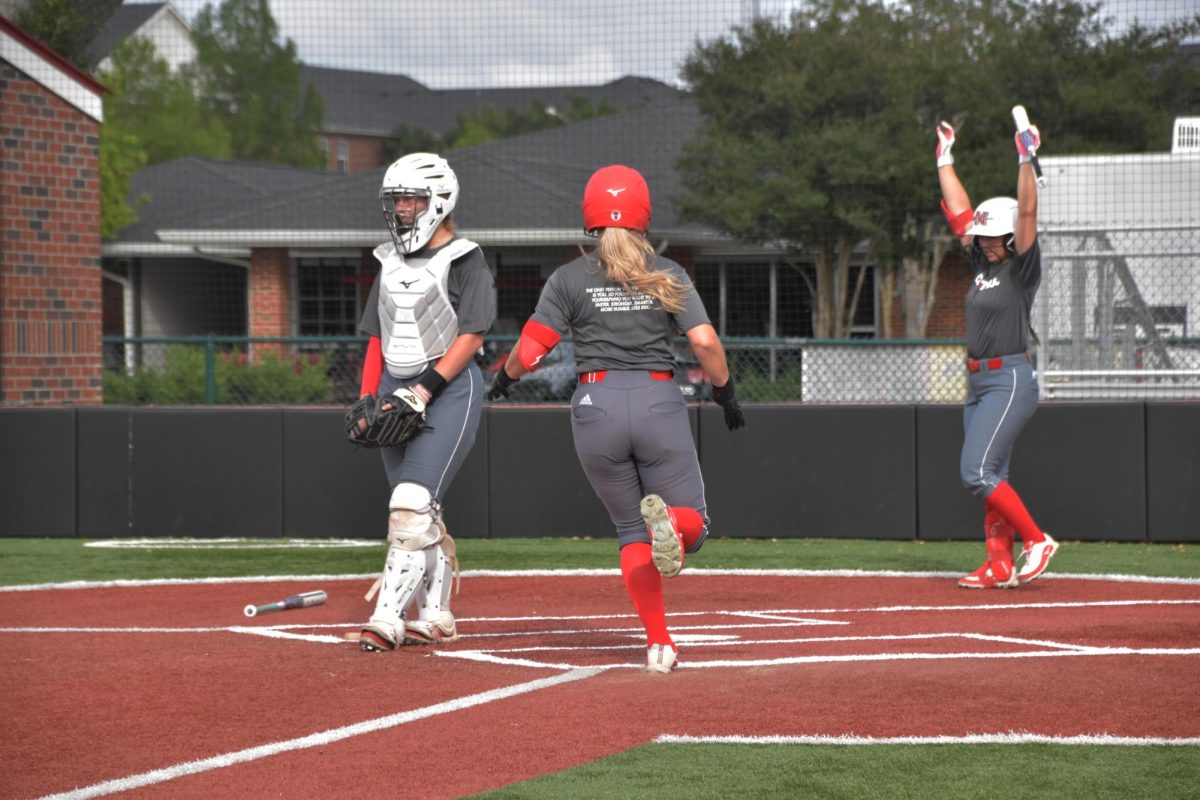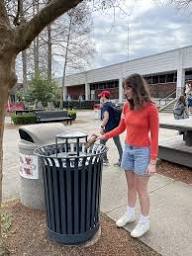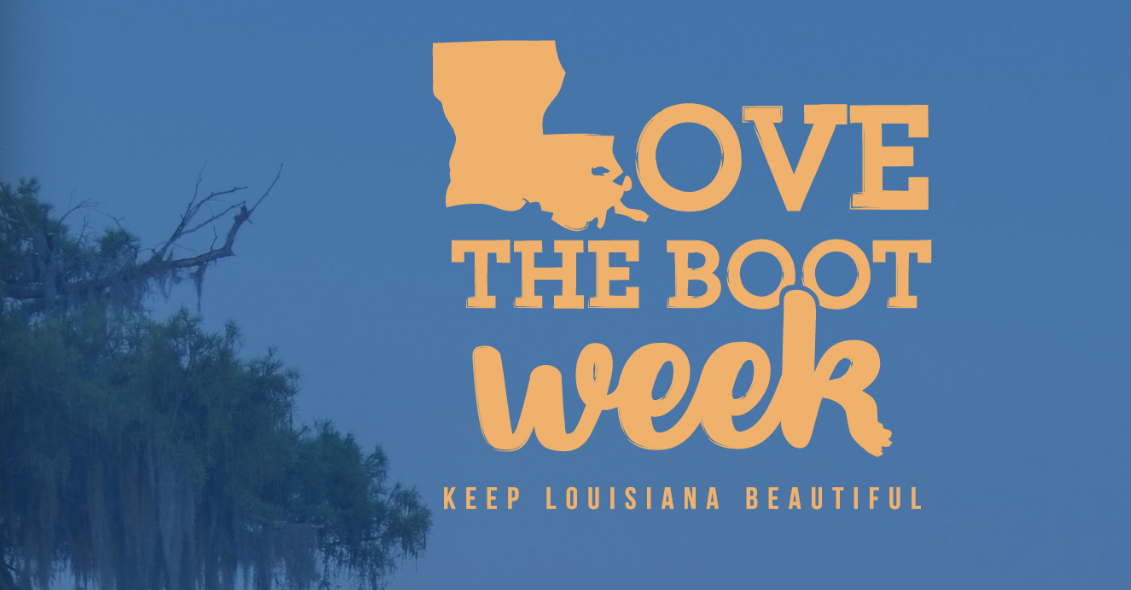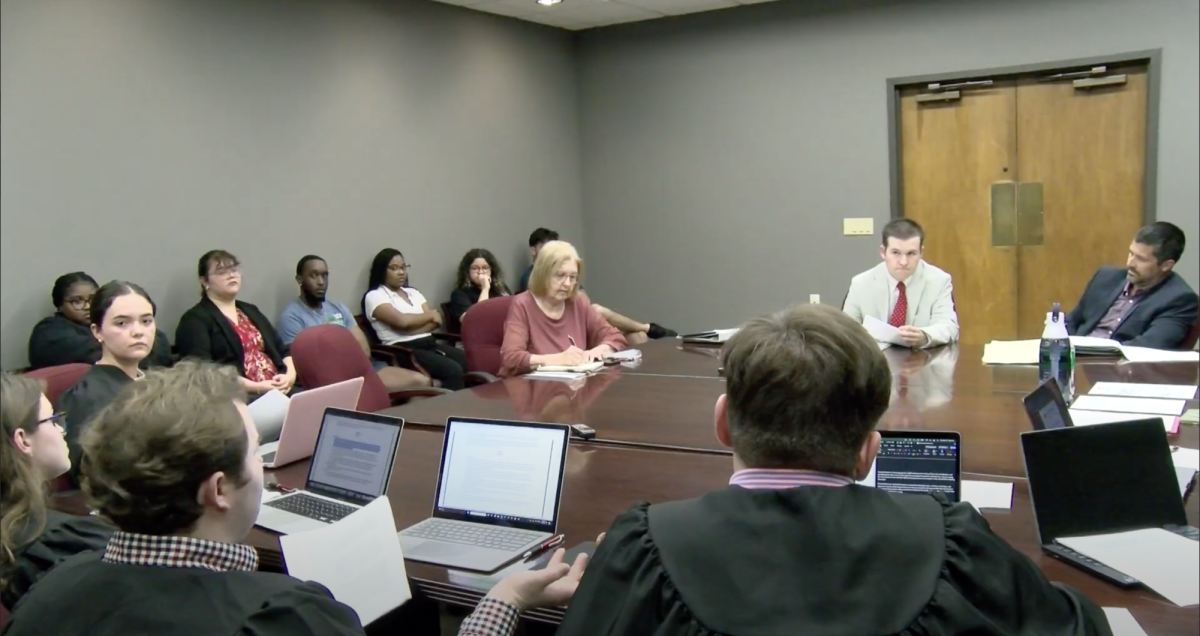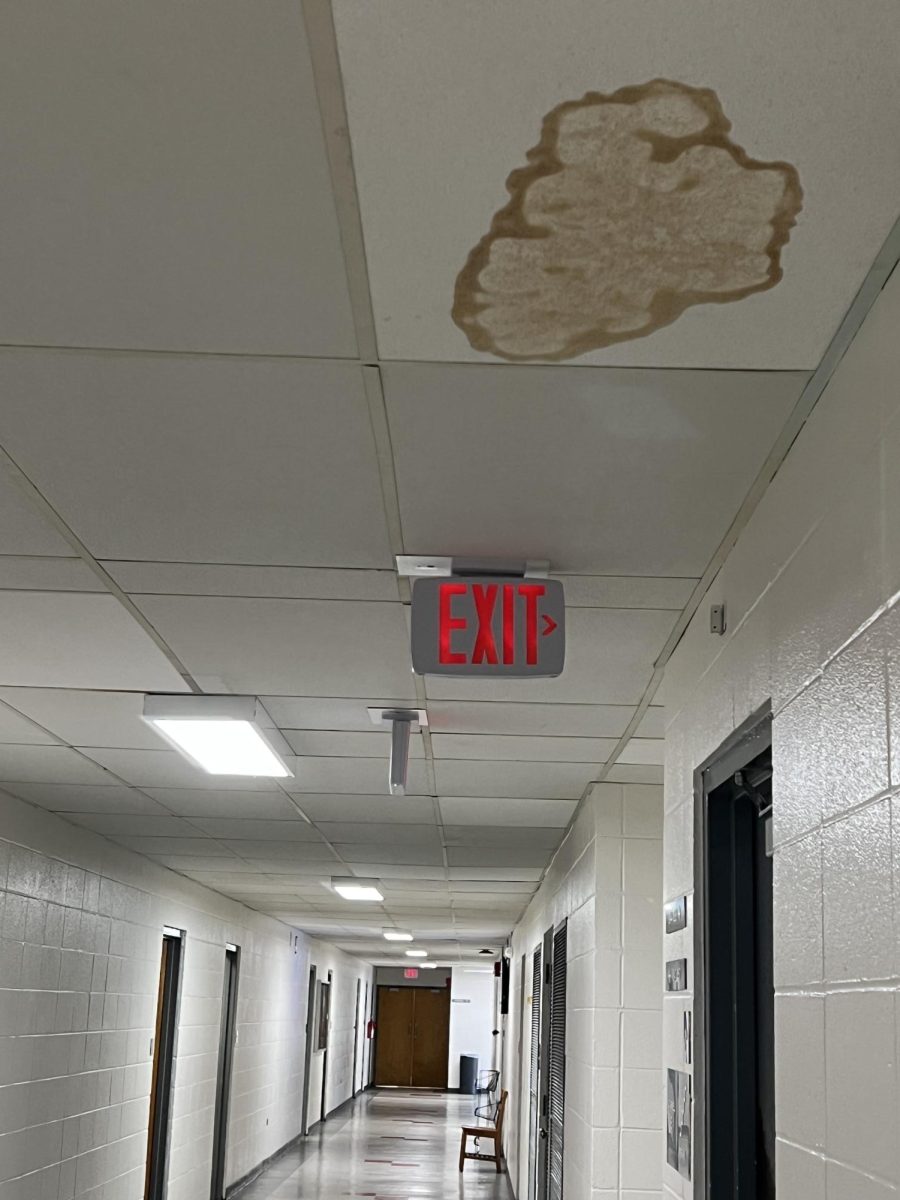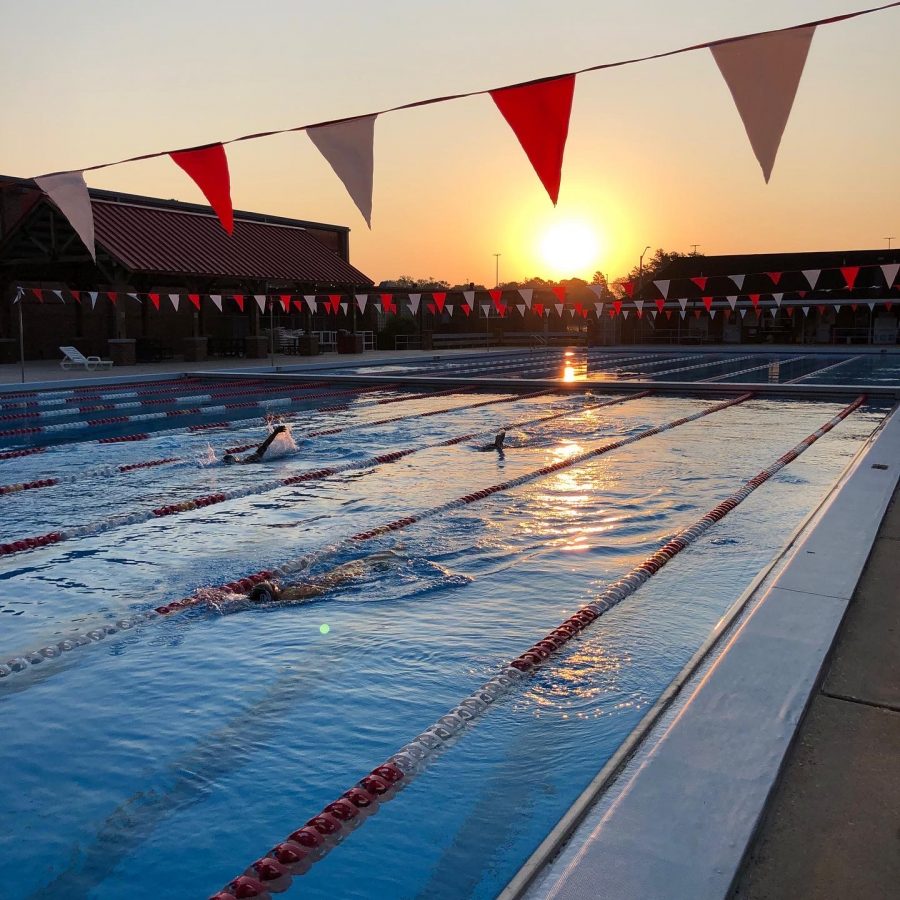At “The Deepwater Horizon Oil Spill: 2012 Report Card” conference, held Wednesday at the University, officials discussed the current status of the Gulf of Mexico following the largest oil spill in American history and the tests done to ensure water and food safety.
Ed Overton, professor emeritus, Environmental Sciences at Louisiana State University, opened the conference with an overview of the Deepwater Horizon Oil Spill, which occurred on April 20, 2010, resulted in 11 casualties and spilled approximately 170 million gallons of oil total into the Gulf. This spill varied from the second largest American oil spill, Exxon Valdez, which occurred on rocky shoreline of Alaska in 1989. The Deepwater Horizon spill greatly impacted the land on the Gulf Coast shores, which have been rapidly eroding for many years.
“Our coastline is so fragile with massive land loss that one of the really big problems is the extent of land loss caused by this oil spill. That land loss was already on top of natural land loss already,” Overton explained.
Overton said impacts from the spill will continue to be seen for years but as we get further out, things will get progressively better.
“Mother nature has developed mechanisms to degrade oil,” Overton said. Otherwise, we would have the Gulf of Mexico covered with oil.”
Because oil from the spill washed ashore continuously for months, Louisiana’s marshy shoreline was incredibly susceptible to damage. Toxicity, smothering or coating of plants, and oxygen depletion all played a part in the damage done to animals and plant life. Several types of coral showed effects of oil, habitats such as mangrove trees were lost, and researchers began seeing an unusual mortality in dolphins beginning in February 2010. Researchers are studying whether the oil has contributed to the ongoing mortality.
Director of the FDA Gulf Coast Seafood Laboratory in Dauphin Island, Ala., Robert Dickey, also spoke about the efforts the administration made to ensure the safety and seafood gathered from the Gulf. Since 2010, the lab took immediate measures to close tainted bodies of water and also conducted inspections of approximately 300 primary seafood processors and wholesalers in the gulf coast region to ensure the products sold were fit for consumption.
The lab also developed a protocol, in conjunction with other government agencies, all five Gulf states, and California, which has experiences effects of the spill as well, for reopening fisheries and sampling seafood, Dickey said.
“This was not a unilateral effort at the federal level,” Dickey explained. It included all states that were impacted by the spill, as well as states that had experience with spills in the past in order to develop a procedure and criteria for the sampling and testing and decision making that was done before the fisheries’ specimens were declared to be safe for consumption.”
Testing to reopen affected bodies of water took place from June to November 2010, in which approximately 3,000 specimens from state waters and 5,300 specimens from federal waters were tested for chemicals from oil and dispersants that may be harmful if consumed. Extended surveillance testing was also done from June 2010 to August 2011, in which approximately 3,400 additional specimen were tested. The results showed that the contamination levels were 100-1000 times below the levels of concern in both state and federal waters.
The full results from the Gulf Coast Seafood Laboratory’s testings can be found at www.fda.gov.



